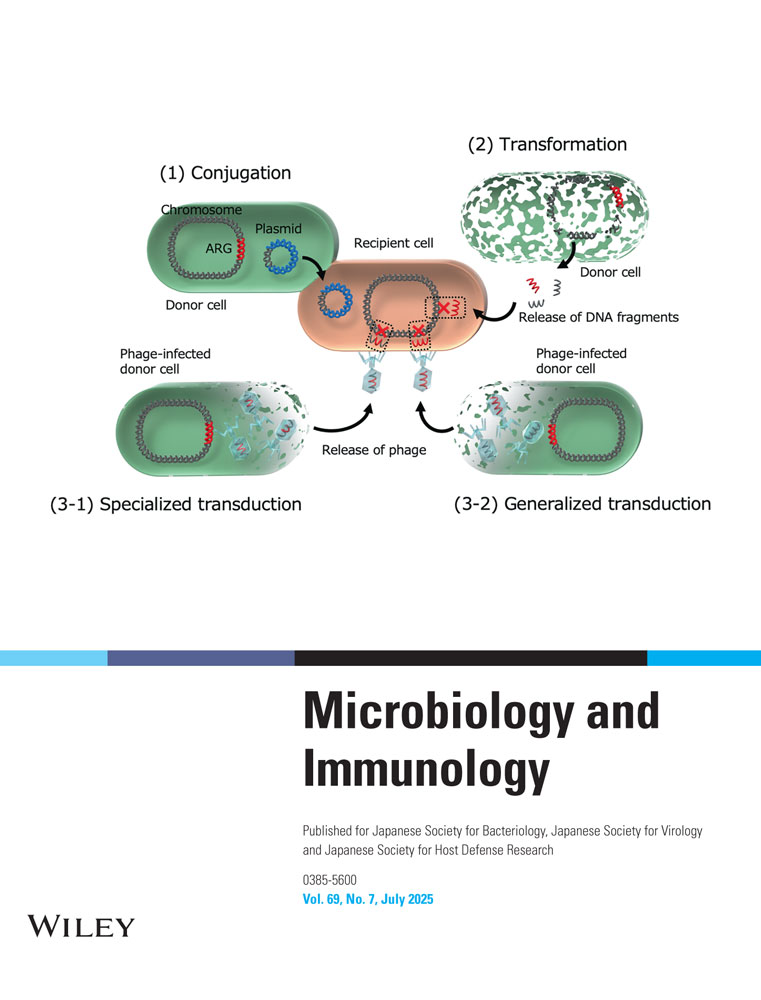Sensitivity in Detection of Monoclonal Immunoglobulins by Thin-Layer Isoelectric Focusing and Certain Electrophoreses in Laboratory Use
Abstract
By applying sera containing various myeloma proteins to thin-layer isoelectric focusing at various pH ranges, we found that the best range of pH gradient for the detection of the band group specific for monoclonal immunoglobulin was from 5 to 8. The lowest concentration of monoclonal immunoglobulin detected by this method was approximately 0.1 mg/ml which was 8 to 32 times lower than the concentration detectable by cellulose acetate membrane electrophoresis or immunoelectrophoresis in routine laboratory use. Monoclonal protein concentration from 0.1 to 20 mg/ml was determined quantitatively. Blind tests on sera resulted in a disagreement between the concentration of monoclonal immunoglobulin assumed from the results of cellulose acetate membrane electrophoresis and immunoelectrophoresis and that determined by isoelectric focusing. These results suggest that isoelectric focusing is useful for the surveillance of monoclonal immunoglobulinemia provided that the technique and equipment are improved for laboratory tests.




